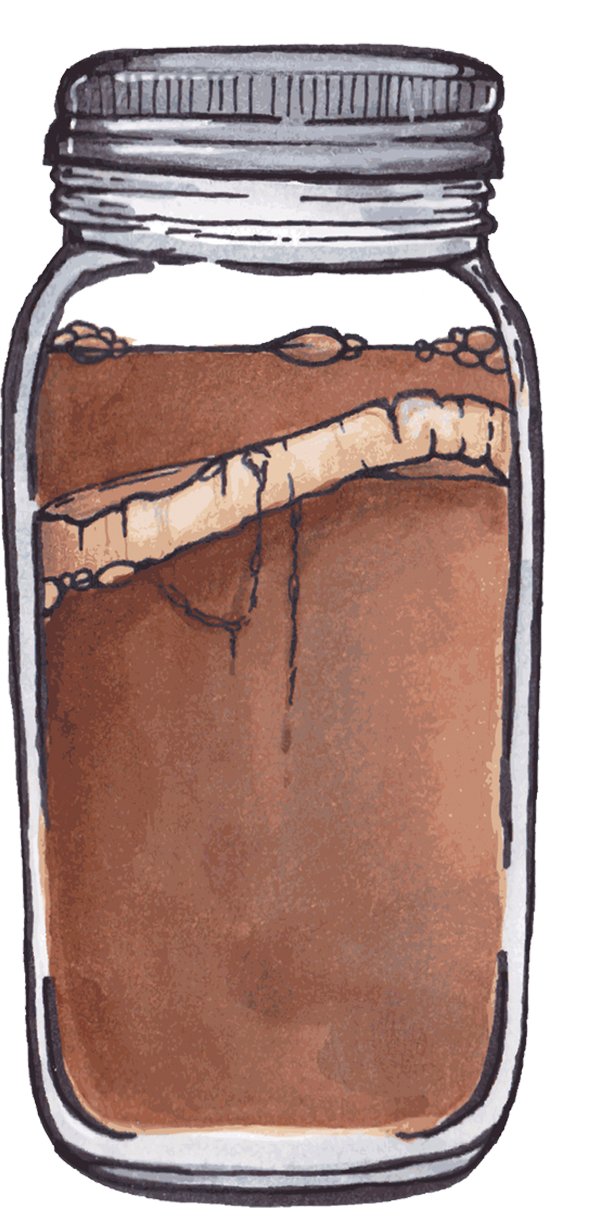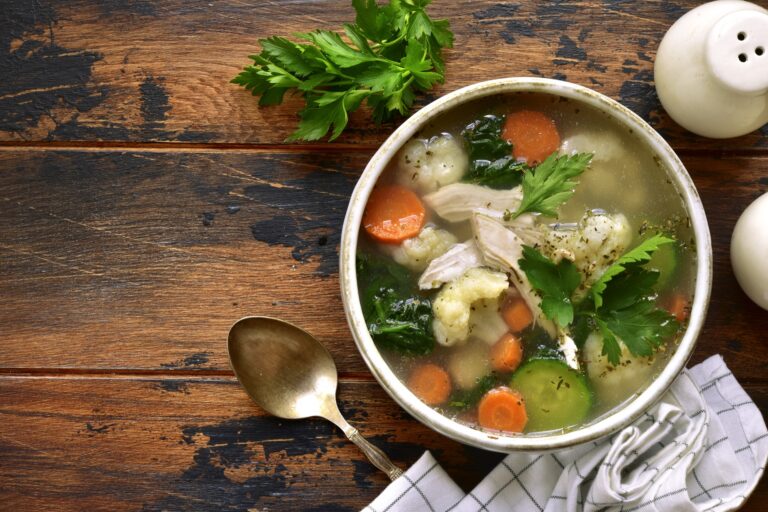
By Emily Socolinsky
Coach Emily is the Owner and Head Coach of Fivex3 Training in Baltimore, Maryland.
“You can’t help getting older, but you don’t have to get old.” –George Burns
Recently, I was scrolling through my Facebook home page and saw an article in the Washington Post the loss of muscle mass and bone density are two of the most critical issues affecting older women as they age.1 The article focused on how women can combat these issues. Before I even read the article, I decided to look at the comments. As I was scrolling, I came across a woman’s comment that actually made my blood boil. I usually never comment on someone else’s observation, because 99.9 percent of the time, it is not worth my time. However, this particular comment really made me mad.
“Oxymoron. As you become weaker, resistance training becomes harder or near impossible, compounded by joint pain. Only an academic would write such foolishness. Some young healthy idiot assigning blame to the victim of aging’s aches and pains, like they were a moral failing.”
I re-read the comment a few more times and saw that this person had made multiple comments about why this kind of article was nonsense. It was infuriating. I knew it was only one person’s opinion, but I also knew her opinion is similar that many others hold regarding strength training for women, especially for older women. I had to respond to her comment.
“That’s EXACTLY why you have to start slowly and progressively build up. I train adults between the ages of 60 and 86 years old and they ALL started light, slowly, and got stronger week in and week out. Do NOT let your age define you. I am 50 years old and my goal as a strength coach is to give my clients the tools to become stronger and live a better quality of life as they age. My members were just featured on NPR’s ‘All Things Considered.’2 So stop with YOUR ageism attack. If you are not part of the solution, you are part of the problem.”
Aging is inevitable, but how we age is up to us. Many people, like our commenter above, who are over the age of 60 often think that they are too old to begin a strength training program. But the truth is that you are NEVER too old (or too young) to get stronger, move better, build muscle, and strengthen bones. And the strength program has to match the trainee. Most older adults would benefit greatly from increased mobility, along with increased strength and the independence that comes from it. Additionally, a well planned strength training routine can help increase bone density, prevent sarcopenia (muscle loss) and improve balance
At Fivex3, my strength-training gym in Baltimore, all of my clients train the same way. This includes my 20-, 30-, 40-, 50-, 60-, 70- and yes, my 80-year-olds. Everyone who joins the gym learns how to squat, how to press overhead, how to bench, and how to deadlift. In addition to these four main exercises, they also do rows or sled drags, pull downs and prowler pushes. And when I say everyone, I mean everyone, even my older clients. Older adults are just people who have lived longer. They CAN learn how to lift heavy things too, just like the 30-year-olds. Their programming may look a little different than the 40 something’s program, but that’s it. Other than different programming, all my lifters train the big, compound, full-body lifts. This means using a barbell as part of their training.
Finding the Why: Squat, Bench, Press, and Deadlift
Why do we use barbells in our strength training program at Fivex3? Barbells let us train real strength by focusing on normal human movements, like sitting and standing, pushing and pulling, picking things up, reaching overhead, and carrying something. Barbells are adaptable to any fitness level, making them one of the most effective tools for lifelong strength and mobility. By emphasizing movements over muscles, barbells help us build total-body strength, balance, and resilience, key factors in countering muscle and bone loss and staying active as we age. They are scalable, coming in different sizes and can be modified as needed for the trainee. Barbells are comprehensive, specific to our training, simple, efficient and safe. They help us stay mobile and flexible by allowing us to work through full range of motion. Barbells also help us with our balance and, of course, help us build more muscle and stronger bones.
Why Do We Squat? We squat so we can get off the toilet by ourselves. We squat so we can continue to climb the stairs. So we can get in and out of the car with ease. So we can attend events without worrying about difficult terrain (ie, flat, hills, gravel, etc).
Why Do We Overhead Press and Bench? We press so we continue to have the ability to reach for things out of the cupboard in our kitchens. So we can help get our luggage into the overhead compartment on a plane. So we have the upper body strength to carry our own shopping bags.
Why Do We Deadlift? We deadlift so we can learn to pick up things correctly and more easily from the floor. So we can make our backs stronger.
Insights from Emily’s Lifters
So, if barbells are so important and we now understand what they can do for us and our training, why are these specific exercises so important? Well, let’s ask our lifters!
Sue, age 74. As my mother aged, she was quite disabled from arthritis and I didn’t want to end up like her—unable to get out of a chair without help. I think it is important to squat so I can stay as mobile as possible for as long as possible. Another issue has been my bad back, which has bothered me for at least a decade. My daughter also has had a bad back in the past and she kept nagging me to try strength training. I had tried everything else—acupuncture, PT, cortisone shots—and nothing really worked. So I figured, “What the hell, I will give strength training a try.” And it has helped enormously. I am much more limber (I can actually bend over without pain) and have much less back pain in general.
Ralph, age 79. I had been involved in high school and college track, but had never done any lifting. After my coach attended the Starting Strength seminar, I transitioned to power lifting. Anecdotally, my blood work continues to convince me of the benefits of weight lifting on keepin cholesterol, blood pressure, and insulin sensitivity in check. I can go through periods of a crap diet, and as long as I am CONSISTENT with a powerlifting program, my blood work has stayed “normal”. I’ll be 80 in September. I have asthma, atrial fibrillation, and multiple joint replacements, but plan to lift “heavy” as long as I can get to a gym. I do all three lifts [squat, bench deadlift] (on different days). I find that having a coach and any sort of competition as a future goal is quite motivating. Consistency is the most important programming variable.
Marilyn, age 71. I lift for the challenge of achieving something that takes work and commitment and is difficult, not a walk in the park, not a sure thing every time. There is a great sense of satisfaction that comes from making improvements, plus an appreciation of the value of struggling. I also lift for the pure physical strength that results—a way to improve my chances of staying active and healthy as I age—in my 70’s and beyond! Also, the social connections and camaraderie with my fellow lifters is priceless!
Tom, age 71. All of the big lifts are a part of my gym regimen. I’ve become happily aware of the benefits of them all. It feels great to experience increased strength in all the muscles involved. But because all these muscles, as well as the rest of my body, are being supported by my legs for much of the day, squatting feels like the most important lift to me. I’m aware of the effects of squatting most often in my day-to-day life.
Pauline, age 82. I strength train and recommend it to everybody, especially as we get older, because it is fun and empowering, it gives me a real sense of accomplishment, and makes me feel proud. It also makes life easier by making it easier to carry things, especially heavy things, while making it less likely that I’ll injure myself. There are also medical benefits—it has increased my bone density. Walking or running may help you maintain your bone density, but strength training will increase it, reversing osteopenia or osteoporosis.3 It also reverses sarcopenia, which otherwise happens to everyone starting at age 40.4 Increased muscle mass also helps stabilize blood sugar, making it easier to lose weight.5
As for specific lifts, I squat because squatting strengthens a lot of different muscles, primarily glutes, quads, and hamstrings, but also a lot of the many small muscles in my back, and my calf muscles. I bench because it’s fun (my favorite lift). And of course it works my triceps and pecs, which probably don’t get worked that much otherwise. As for the deadlift, it helps me pick up heavy things—not something most 82-year-olds can do. And that will help me maintain my independence.
Jay, age 64. In my late 50s I started to notice a loss of strength and muscle mass in my legs due to sarcopenia. At that point, the loss had not started to impact my life, but I became concerned and set about regaining leg strength. The barbell squat is the most impactful tool for fighting this battle in my mid 60s and beyond. The overhead press, deadlift, and bench press also help me sustain and improve my day-to-day activities. These lifts have also provided some aesthetic improvements in my physical appearance while reversing or slowing down age-related problems like posture, gait, mobility, and flexibility.
Overall, barbell training has also improved overall my pain and soreness that I experienced frequently earlier in life, but is now mostly absent. Physiologically, I think these lifts provide me with an increased metabolism, improved energy, and in general, a sense of well-being.Finally, the most important aspects of these lifts are significantly improved quality of life. Lifting a bag of fertilizer, carrying a case of wine to the basement, climbing a 30-foot ladder to install Christmas lights or throwing around the grandkids always gives me a smile and a feeling of immense gratitude.
Mona, age 87. I squat because it builds muscle to allow me to walk securely on every kind of surface (grass, pebbles, uneven ground), carry heavy loads, arise from chairs easily and not worry about getting up from a low toilet without a handrail. It gives me the leg strength to get up after a fall, catch my daughter’s cat when she escapes outside, and reactivate my brain’s readiness to carry out my body’s commands.
I press to build strength so I can easily handle ordinary (and heavier) objects, so my body becomes strengthened in all areas, enabling my ability to reach up and safely complete upper body tasks.
I deadlift so I develop the strength and technique for lifting heavy objects, and so I can capture the cat on rough ground, easily pick her up, and feel secure doing this.
In general, I train because it has given me back an active life and allows me to resume many things that I had let go. Of critical importance, it has reawakened areas of my brain that had not been “on alert” to respond when called on to do so. That has totally changed. Lastly, I train because it makes me happy!
Sources
- Most Women Aren’t Following This Advice for Aging Well. Here’s How to Start. Washington Post. Feb 3 2025. Accessed Apr 22 2025. https://www.washingtonpost.com/wellness/2025/02/03/resistance-training-women-menopause/
- Ozug M, Summers J, Handel S. This weightlifting gym helps older people build more than just strength. NPR. Dec 18 2024. Accessed Apr 22 2025. https://www.npr.org/2024/12/18/g-s1-38137/active-aging-baltimore-gym-weightlifting-older-athletes-strength
- Holubiac IȘ, Leuciuc FV, Crăciun DM, Dobrescu T. Effect of Strength Training Protocol on Bone Mineral Density for Postmenopausal Women with Osteopenia/Osteoporosis Assessed by Dual-Energy X-ray Absorptiometry (DEXA). Sensors (Basel). 2022 Feb 28;22(5):1904.
- Cannataro R, Cione E, Bonilla DA, Cerullo G, Angelini F, D’Antona G. Strength training in elderly: An useful tool against sarcopenia. Front Sports Act Living. 2022;4:950949. 2022 Jul 18.
- Holten MK, Gaster MZM, Juel C, et al. Strength Training Increases Insulin-Mediated Glucose Uptake, GLUT4 Content, and Insulin Signaling in Skeletal Muscle in Patients With Type 2 Diabetes. Diabetes. 1 February 2004; 53(2):294–305.




